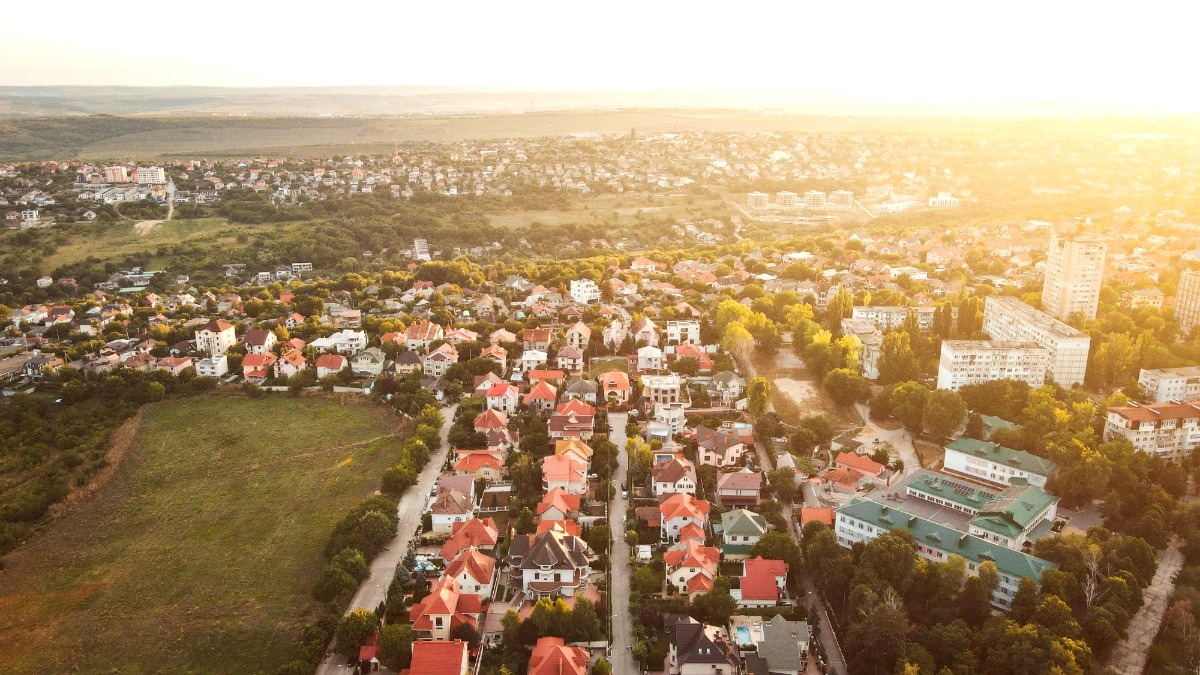
Moldova
Visitors discover a welcoming atmosphere. Moldovan people are known for their hospitality, especially to those showing interest in their culture and traditions. The city looks towards the future, while still holding onto its heritage. Chisinau gives a glimpse into a country undergoing transformation, delivering an experience distinct from more common travel destinations. You will encounter a city that rewards exploration with unexpected discoveries and genuine interactions.
Chisinau sits centrally within Moldova, a landlocked country in Eastern Europe. Romania borders Moldova to the west, and Ukraine to the north, east, and south. This position historically placed Moldova at a crossroads, influencing its culture, language, and development. The city itself rests on the Bâc River, a tributary of the Dniester River.
The landscape surrounding Chisinau consists of rolling hills and fertile plains, well-suited for agriculture, especially viticulture. Chisinau's elevation leads to gentle undulation in its streets and parks, adding to the city's character. Many green spaces, like Stefan cel Mare Central Park and Valea Morilor Park, mirror the country's overall green landscape. These parks serve as important recreational areas for residents and visitors, integrating nature into the urban fabric.
Chisinau's history shapes its current character, displaying a past influenced by various empires and cultures. Records first mention Chisinau in 1436 as a monastic village. For centuries, it formed part of the Principality of Moldavia. Its true growth began after 1812, when the Russian Empire annexed Bessarabia (the historical region now largely Moldova) from the Ottoman Empire.
After World War I, Bessarabia united with Romania, and Chisinau became part of the Kingdom of Romania. World War II brought devastation, with heavy bombing, followed by Nazi and then Soviet occupation, destroying much of the city. Post-war, Chisinau saw widespread rebuilding in the Soviet architectural style. Moldova declared independence from the Soviet Union in 1991, with Chisinau as its capital. The city now works to preserve its diverse heritage while embracing modernization. You will find remnants of its Ottoman, Russian, Romanian, and Soviet past in its streets and structures.
First documented mention as a monastic village.
Annexation by the Russian Empire; city develops as provincial capital.
Part of the Kingdom of Romania.
Extensive destruction and post-war rebuilding in Soviet style.
Moldova declares independence, Chisinau becomes its capital.
Chisinau presents a distinct travel experience. It features a relaxed urban environment, characterized by an abundance of green spaces. The city is often called one of Europe's greenest capitals, due to its numerous parks and gardens. These areas function as lungs for the city, providing spaces for recreation and calm. Stefan cel Mare Central Park and Valea Morilor Park exemplify these areas, inviting long walks and quiet contemplation.
Chisinau acts as the heart of Moldova's wine industry. Many of the country's most famous wineries, like Cricova and Mileștii Mici, are a short drive from the city center. A visit here would be incomplete without exploring these underground wine cities, tasting local varietals, and learning about Moldova's viticultural heritage. Wine holds more than a beverage status here; it is a significant element of the national culture and economy.
Expect a city that delivers good value for your money. Accommodation, food, and local transportation are generally affordable, making Chisinau an attractive option for budget-conscious travelers or those seeking an extended stay. The local cuisine reflects Moldova's agricultural bounty and diverse influences, presenting hearty, flavorful dishes. You will encounter a mix of traditional Moldovan eateries, alongside an increasing number of international restaurants and modern cafes.
Chisinau is a safe city for visitors. Common sense precautions against petty crime, like pickpocketing in crowded areas, are always recommended. The public transport system, mainly trolleybuses and buses, delivers an efficient and inexpensive way to move around. Overall, Chisinau introduces Moldova, a country ready to share its charm with curious visitors.
Chisinau, positioned in the heart of Moldova, presents a blend of urban and natural spaces.
The city is a good starting point for exploring the country's renowned wine industry, rich history, and welcoming culture.
Abundant parks and tree-lined boulevards define Chisinau's green character.
Close proximity to Moldova's famous underground wine cellars.
Excellent value for accommodation, food, and activities.
The city's main street, Stefan cel Mare Boulevard, makes a central axis for exploration. It connects many of Chisinau's important landmarks, including the Nativity Cathedral, the Triumphal Arch, and various government buildings.